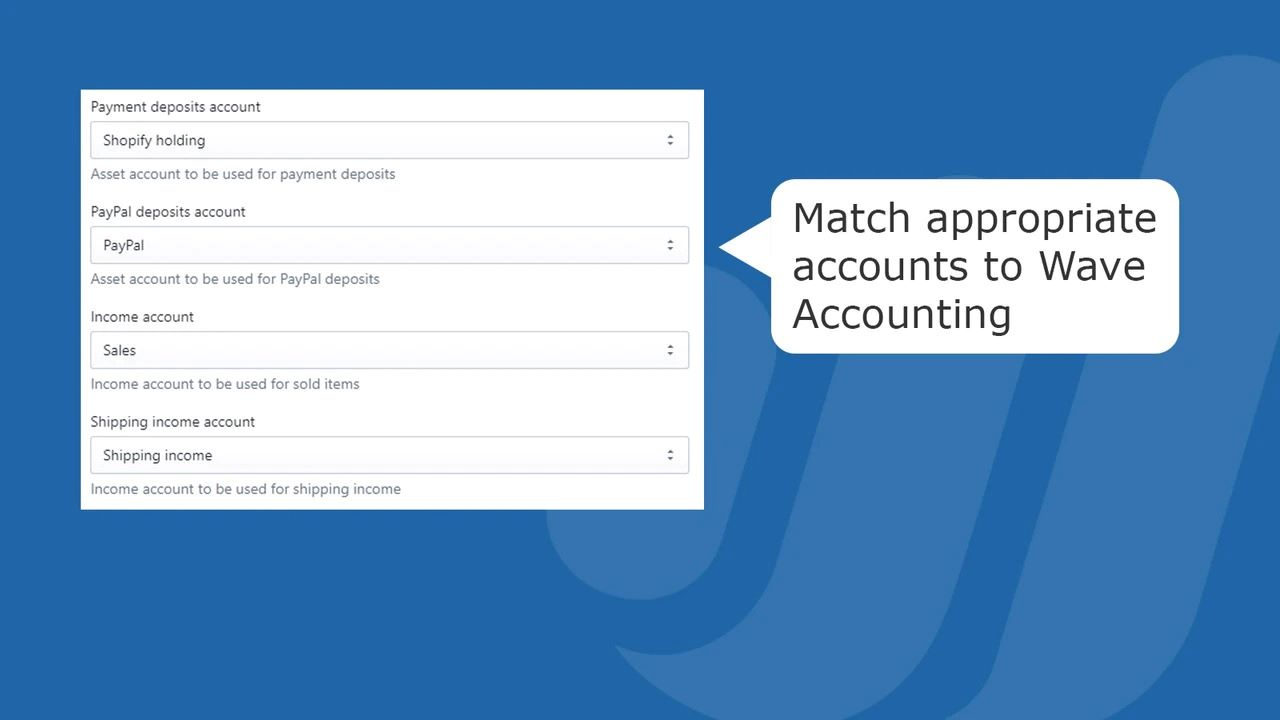

Finance
Corrective Waves Definition
Published: November 3, 2023
Learn about corrective waves in finance and how they are used to predict market trends. Understand the definition of corrective waves and their impact on financial markets.
(Many of the links in this article redirect to a specific reviewed product. Your purchase of these products through affiliate links helps to generate commission for LiveWell, at no extra cost. Learn more)
Understanding Corrective Waves in Finance
Welcome to our Finance category, where we dive into various topics related to the world of money and investments. In this blog post, we will focus on the concept of corrective waves in finance. If you’ve ever wondered about the intricacies of market trends and how they can impact your investment portfolio, you’re in the right place.
Key Takeaways:
- Corrective waves are temporary price movements within a larger market trend.
- Understanding corrective waves can help investors make more informed decisions and identify potential buying or selling opportunities.
What are Corrective Waves?
In the world of finance, market trends often follow a wave-like pattern, characterized by alternating phases of upward and downward movements. While the overall trend determines the general direction of prices, within each trend, there are smaller and shorter-term price movements known as corrective waves.
Corrective waves, also referred to as countertrend or zigzag waves, are temporary price movements that run counter to the prevailing trend. These waves provide an opportunity for the market to consolidate, correct excesses, and prepare for the next impulsive wave in the dominant trend.
Corrective waves are an integral part of Elliott Wave Theory, a model developed by Ralph Nelson Elliott in the 1930s. According to this theory, markets move in a series of impulsive and corrective waves, each with a specific set of sub-wave patterns.
Recognizing Corrective Wave Patterns
Corrective waves can take various forms, but some common patterns include:
- Zigzag (ABC) pattern: This is the most common corrective wave pattern, consisting of three waves labeled A, B, and C. Wave A and C move in the opposite direction of the prevailing trend, while wave B retraces a portion of the initial wave.
- Flat pattern: This corrective wave pattern is identified by its three-wave structure, labeled A, B, and C, similar to a zigzag pattern. However, in a flat pattern, wave B retraces less than 100% of wave A.
- Triangle pattern: This pattern occurs when prices move within converging trendlines, forming progressively smaller waves. Triangles represent a period of consolidation and indecision in the market.
Applying Corrective Waves in Your Investment Strategy
Understanding and identifying corrective waves can be valuable for investors looking to optimize their investment strategies. Here are a few ways you can apply this knowledge:
- Identifying buying or selling opportunities: Corrective waves can signal potential turning points in the market. By recognizing these patterns, investors can seek to buy during the troughs of corrective waves within an uptrend or sell during the peaks of corrective waves within a downtrend.
- Managing risk: Corrective waves can offer insights into potential support and resistance levels. By analyzing these levels, investors can set stop-loss orders or take-profit targets to manage their risk and protect their investment capital.
- Developing a disciplined approach: Corrective waves can help investors develop a disciplined approach by understanding that market volatility is a natural part of the trading process. Recognizing these waves can discourage impulsive decision-making and encourage a more patient and strategic approach to investing.
In conclusion, understanding corrective waves in finance can provide valuable insights into market behavior and help investors make more informed decisions. By recognizing and analyzing these patterns, you can gain a deeper understanding of the overall market trend and potentially increase your chances of success in the world of finance.














